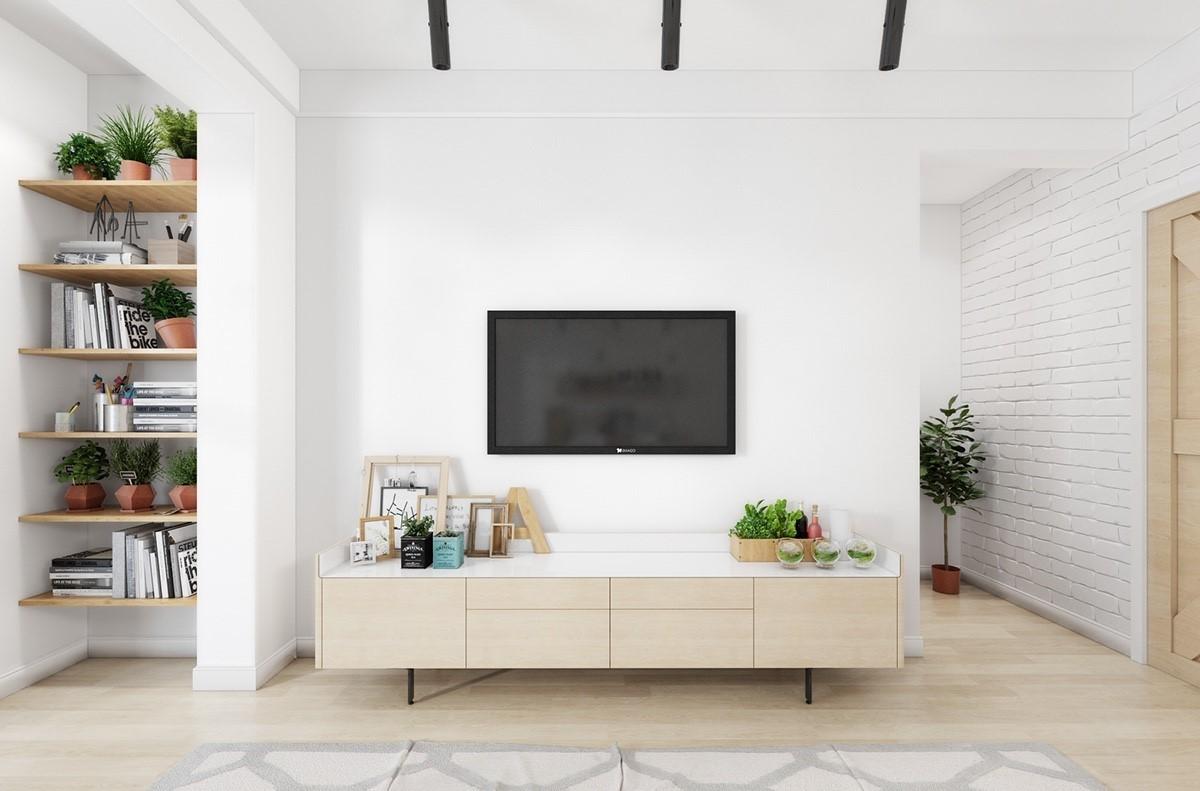
2 minute read
INTRODUCTION:-
from Tailoring institute in Hyderabad
by Instituto Design Innovation - Institute of Fashion and Interior Design
Scandinavian design is a prominent design movement that has influenced everything from architecture and interior design to product design. The movement emerged in the early 20 th century in the Nordic countries of Sweden, Denmark, Finland, Norway, and Iceland. During the 1950s, it became known around the world. Blending minimalism and functionality, Scandinavian design offers a considered solution for simple living.
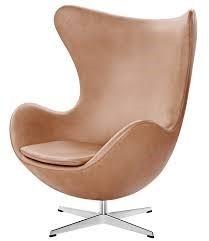
Advertisement
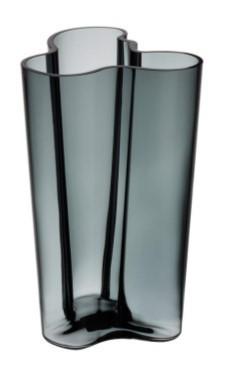
The history of Scandinavian design is deeply connected to some of the world’s most revered architects and designers. Renowned figures that have helped usher in the golden age of Nordic design include Alvar Aalto, Olav Haug, Arne Jacobsen, Timo Tapani Sarpaneva, Poul Henningsen, Bruno Mathsson, Kaare Klint, and Borge Mogensen, among many others. Iconic designs from this era include the PH lamp series, the Egg Chair, the Spanish Chair, and the Finlandia glassware series, to name a few.
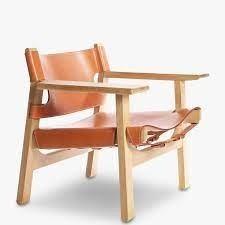
Today, Scandinavian design is one of the most popular movements in contemporary design. Many designs from the golden era are still used today. Good examples are Alvar Aalto’s stool designs that appear in Apple stores; the PH series from the Louis Poulsen collection; and the unmistakable Egg chair.
WHAT ARE THE ELEMENTS OF SCANDINAVIAN DESIGN?

The main elements of Scandinavian design are functionality, simplicity, and craftsmanship. A majority of Nordic style designs also favor natural materials, especially pale woods like ash and beech, wool and linen textiles, leather, and glass. While some items boast traditional patterns or brighter color accents, most Scandinavian style designs have an understated, minimalist appearance.
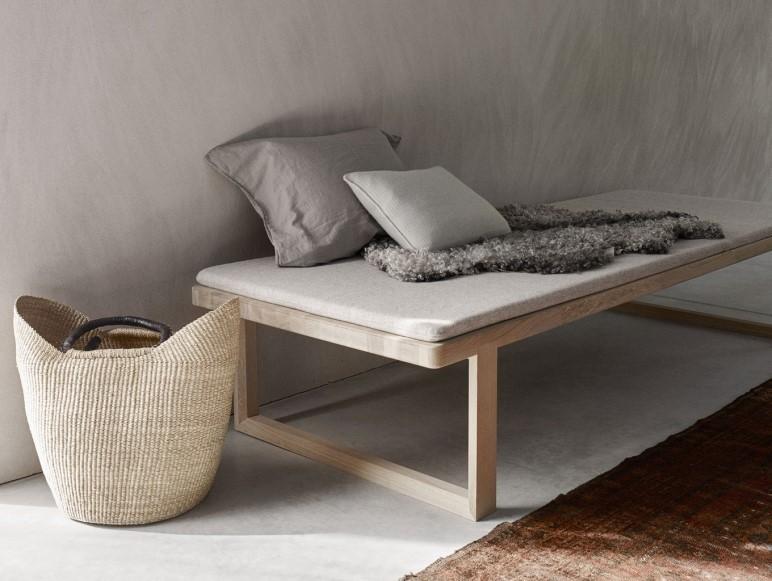
Here are the characteristics and main elements of Scandinavian design and architecture:
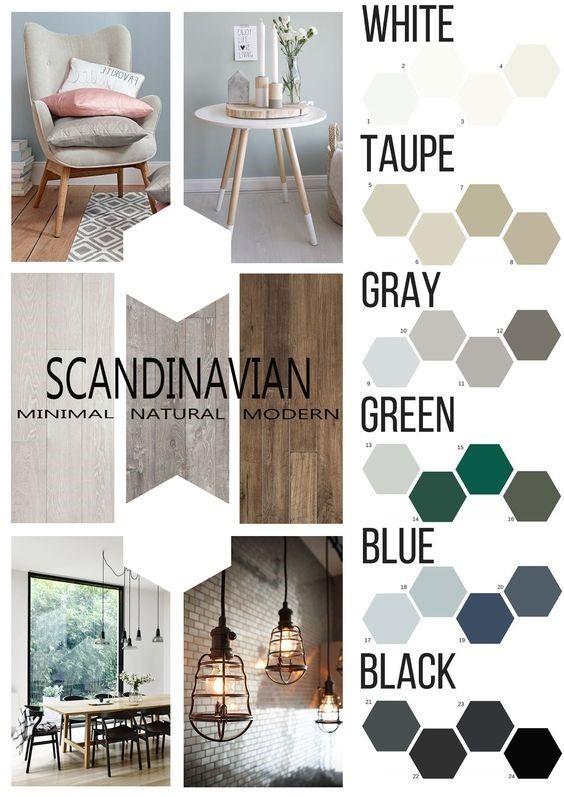
•Minimalist aesthetic
•Understated design that follows function
•Light, neutral colors
•Muted, dark hues that remind of Nordic landscapes
•Airy spaces filled with light
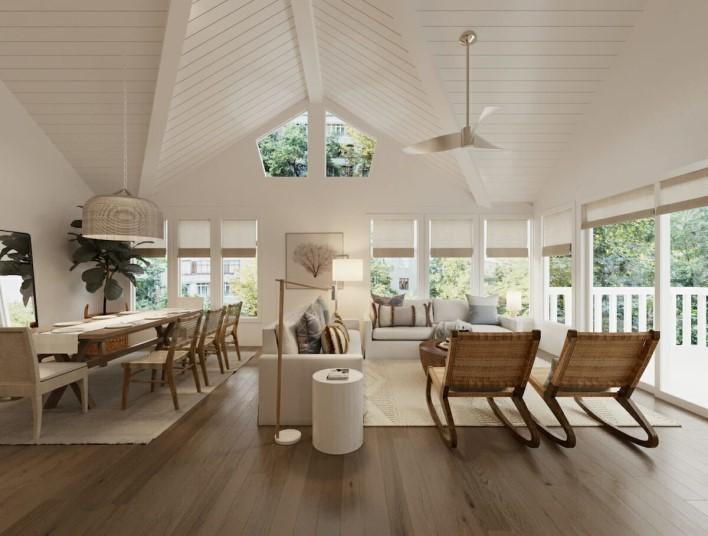
•Wood furniture and wood accents
•Decorative, statement pendant lights
•Multifunctional and flexible designs
•Plush sofas and tactile fabrics
•Hanging plants and lush greenery
•Natural textiles

•Steel, brass, or copper accents
•Artworks as focal points in a minimalist space
WHAT ARE SCANDINAVIAN COLORS?
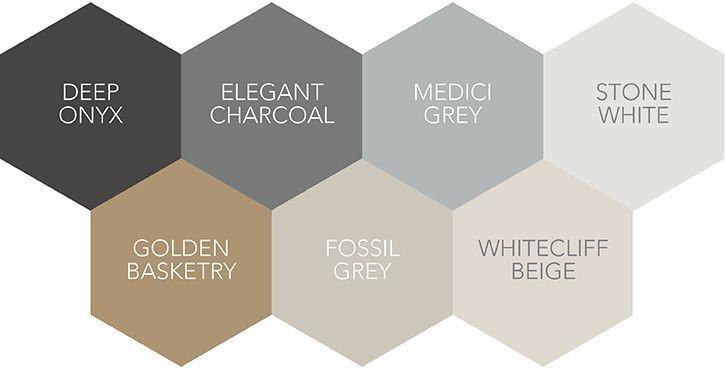

While Scandinavian style interiors vary and may include different influences like industrial or boho, they usually feature a similar Nordic color palette. Scandinavian interiors and furniture designs feature white, off-white, and gray hues along with muted blue and green colors. Darker accents can also create bold color contrasts. Other hues include beige and cream hues as well as muted brown colors, as these interiors generally feature an abundance of wood flooring and wood furniture.
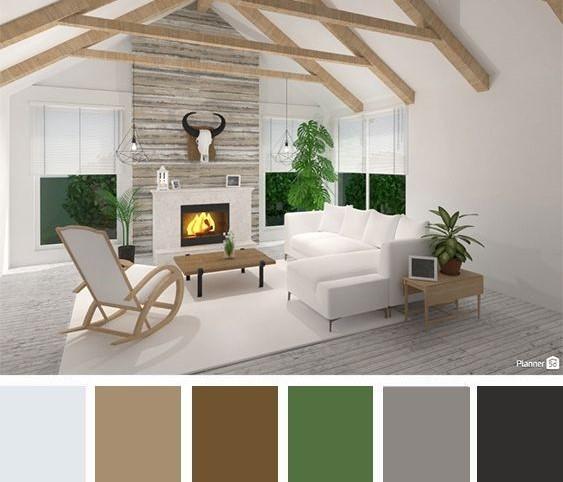
Scandinavian design has influenced architects and interior designers for almost a century, well before the golden age of Nordic design of the 1950s. Blending a minimalist aesthetic with function and comfort, this style is still one of the most popular today. Versatile and timeless, Scandinavian furniture and lighting offer an easy way to create an elegant and cozy living space. The epitome of simplicity and comfort, Scandinavian interiors embody the concept of hygge in all its glory. Plush surfaces, warm textiles, simple patterns, natural materials, and open-plan, airy spaces all contribute to enhance the feeling of comfort. At the same time, Nordic style living spaces look simply beautiful. Refined and cozy, Scandinavian design homes are also timeless and become the perfect setting for living well and slow living.
